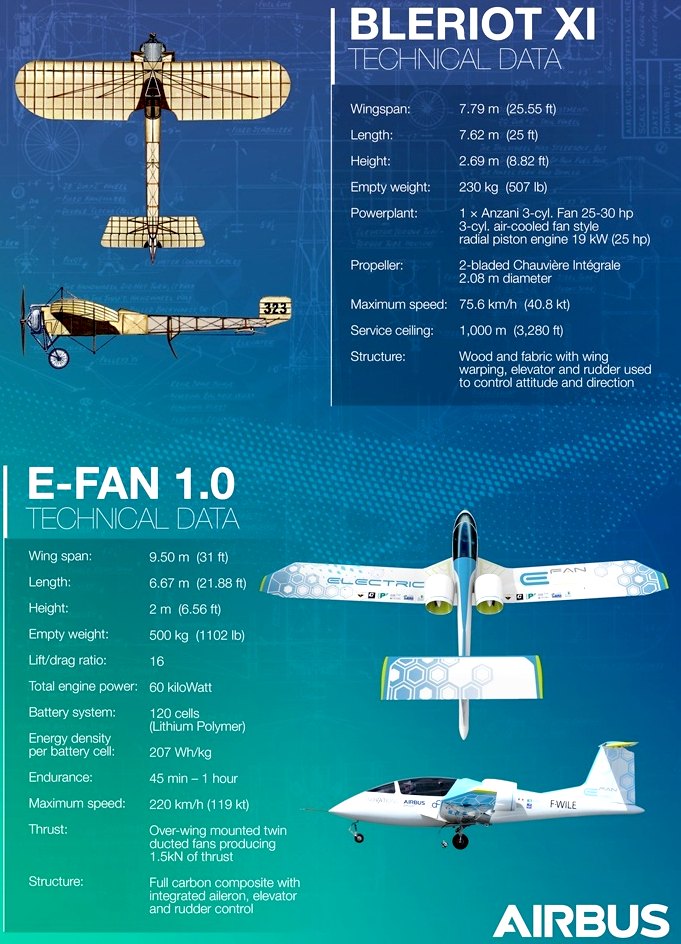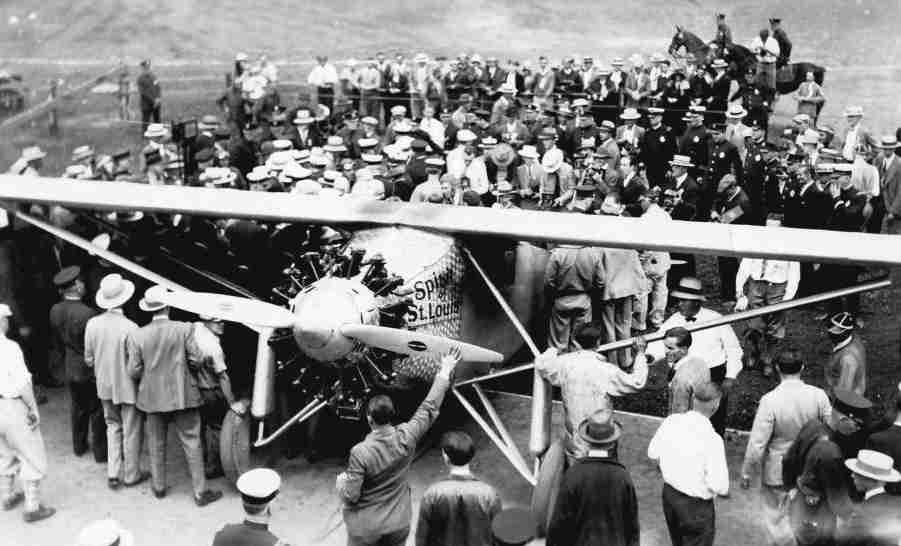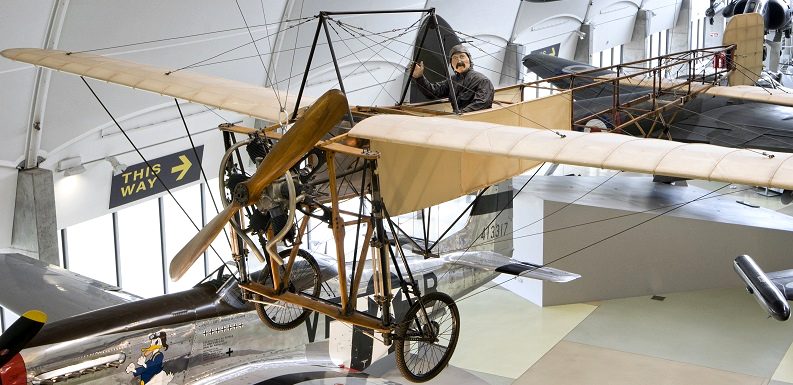|
AIRBUS E-FAN - DIDIER ESTEYNE
AUTOMOTIVE A TO Z CLIMATE CHANGE FUEL CELLS HYDROGEN LANDING PAGE SPEEDACES A- Z UTILITIES
The
Airbus E-Fan taking off from Calais on the 10th of July 2015 with Didier
Esteyne at the controls. This aircraft could have had twice the range using
hydrogen batteries, kilogram for kilogram. NEW ATLAS JULY 2015
-
Electric aircraft makes first English Channel crossing The E-Fan landed in Calais to considerable media attention, but the event went from congratulations to confusion as the Associated Press reported that Hugues Duval had quietly taken off from Dover in his Cri Cri and had landed in Calais some 12 hours earlier on July 9. FLIGHT
HISTORY After
the Wright
Brothers conquest of the air at Kitty
Hawk in 1903, the next major air conquest was from Calais to Dover across the English
Channel. The successful pilot was Louis Bleriot in a monoplane of his own
design: Bleriot XI on the 25th of July 1909. The fight took 37 minutes, and it
changed the course of the world. Louis collected a £1,000 pound prize put up
by the Daily Mail owner Lord
Northcliffe. The
next big Pond was the Atlantic
Ocean conquered by Charles
Lindbergh in 1927. Then in 1928 Sir
Charles Kingsford Smith crossed the Pacific
Ocean from Mana to Brisbane, also completing a World Circumnavigation
in 1930. The ladies got a look in with the exceptional achievement of Amy
Johnson in 1930 she managed Croydon, London to Brisbane, Australia solo. GOING
ELECTRIC Then
came Hughes
Duwal on the 9th of July 2015, in his electrically propelled Colomban E-Cristaline,
pipping Airbus to the post with their E-Fan on the 10th of July 2015. LINKS
& REFERENCE https://newatlas.com/first-electric-aircraft-cross-english-channel-airbus-cri-cri/38410/ http://www.solarnavigator.net/aviation_and_space_travel/charles_lindbergh.htm http://elizabethqueenseaswann.com/Events_Records_Attempts_Solar_Powered/Cross_Channel http://www.elizabethqueenseaswann.com/TransAtlantic_Solar_Powered_Autonomous_Records_Attempt.html
The original aviator, first to cross the English Channel in 1909, Louis Bleriot in his XI
Copyright
© website 2020, all rights reserved, save for educational and media
review purposes. You do not need permission to use our information if it
is to help promote a low carbon economy. This is a low carbon website that
loads quickly and is as kept simple as possible while still providing
useful information. Cleaner
Ocean Foundation Ltd and Climate
Change Trust.
|



